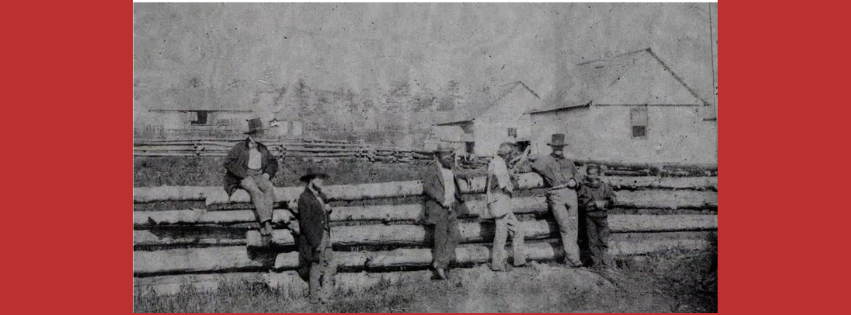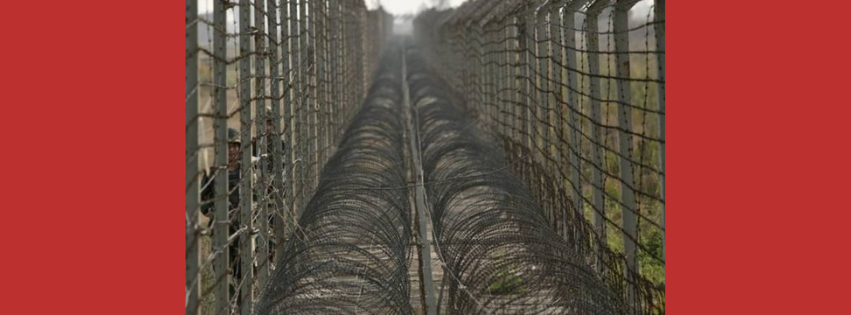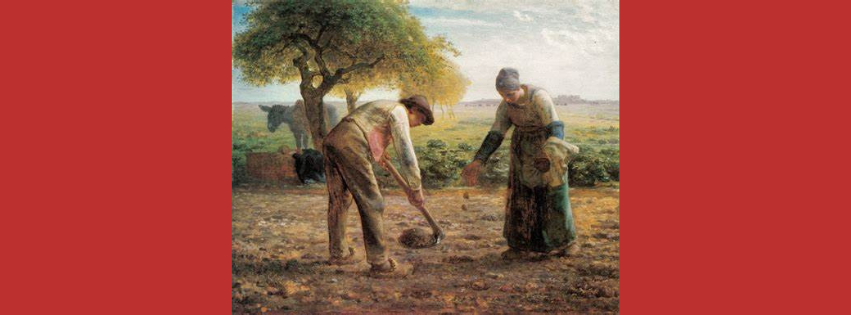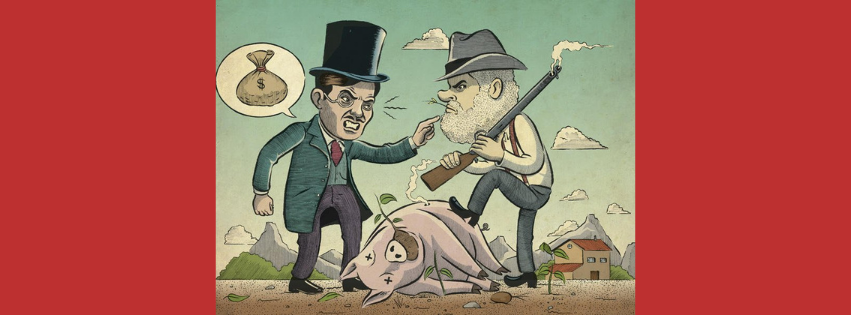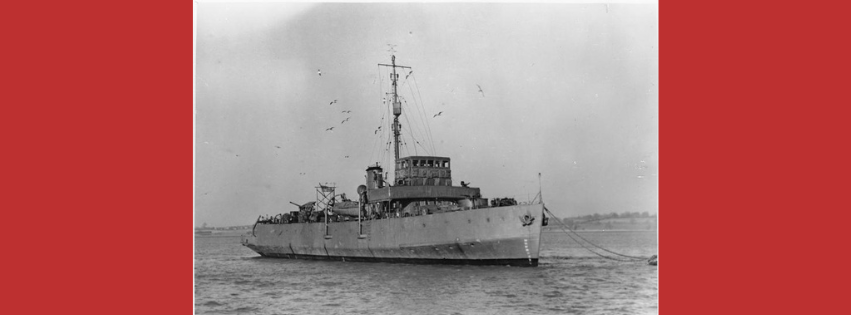
Meta Description
Discover the bizarre but true story of the Great Pig War of 1859—a nearly bloodless conflict between the U.S. and Britain that started over a pig. Learn about its causes, resolution, and 50 unique FAQs for curious minds.
Focus Keywords
Pig War 1859, San Juan Island dispute, Great Pig War story, U.S. vs Britain conflict, Pig War facts, historical border conflicts, peaceful wars in history, Pig War FAQ
Introduction
Most wars leave behind blood-soaked battlefields, tragic losses, and dramatic shifts in power. But once in a while, history gifts us a war so strange, so absurd, that it feels like satire. Welcome to the tale of The Great Pig War of 1859—a conflict sparked by a pig, fueled by national pride, and remembered as one of the most peaceful military standoffs ever.
This was a time when tensions between two powerful empires, the United States and the British Empire, came to a head not over gold, oil, or land, but over a black pig rooting in a potato patch. What followed was a bizarre and prolonged military occupation, diplomatic maneuvering, and one of the most unique case studies in conflict resolution.
But beneath the surface of humor and absurdity lies a rich and complex geopolitical tale—one that involved treaties lost in translation, powerful personalities, military brinkmanship, and a rare case of peaceful resolution through arbitration. The Pig War wasn’t just about a pig—it reflected the fragile nature of imperial boundaries, the persistence of national pride, and the oddities of human diplomacy.
In this article, we explore not only the pig’s misadventure and the trigger it became, but also the broader socio-political implications. What made this such a tense moment in U.S.–British relations? How close did we come to actual bloodshed? Who were the key figures involved? And what lasting lessons can be drawn from a war with no shots fired?
Get ready for the full story of how a pig almost sparked a war between two of the most powerful nations of the 19th century, and how that absurd spark became a brilliant example of restraint, negotiation, and international arbitration that would echo through history.
🌍 Setting the Stage: U.S. vs. Britain in the Pacific Northwest
The Oregon Treaty and a Loophole Big Enough for a War
In 1846, the U.S. and Britain signed the Oregon Treaty, designed to peacefully divide the Oregon Territory along the 49th parallel. The treaty stipulated that the boundary would continue westward “through the middle of the channel which separates the continent from Vancouver’s Island.”
Seems clear, right? Not exactly.
There were two channels separating the continent from Vancouver Island:
- The Haro Strait (favored by Americans)
- The Rosario Strait (preferred by the British)
Right smack between these two channels sat the San Juan Islands, which became the heart of the dispute. Both nations claimed them. Neither backed down.
🐶 The Pig That Triggered a Crisis
Fast forward to June 15, 1859. American settler Lyman Cutlar found a large black pig devouring his potato crop for the umpteenth time. Furious, Cutlar shot the pig dead. What he didn’t expect was that the pig belonged to Charles Griffin, an employee of the Hudson’s Bay Company, representing British interests.
Cutlar offered Griffin $10 in compensation. Griffin, outraged, demanded $100, claiming the pig was prized property. Local British authorities threatened to arrest Cutlar, prompting American settlers to cry foul and demand military protection.
One Pig, Two Flags, and a Brewing Conflict
The tension quickly escalated. In July 1859, General William S. Harney, commander of the U.S. Army’s Department of Oregon, dispatched Captain George Pickett and 66 soldiers to occupy the island and protect American interests.
Pickett, later infamous for “Pickett’s Charge” at Gettysburg, boldly declared: “We’ll make a Bunker Hill of it!” if the British tried to remove him. The British, not to be outdone, sent three warships under Admiral Robert Baynes, soon joined by two more.
⚔️ A Cold War on a Small Island
What followed was a military standoff. At its height:
- 461 U.S. soldiers were stationed on the island
- 5 British warships and 2,000 Royal Marines surrounded it
Yet, neither side fired a single shot. Orders were clear: avoid armed conflict. Baynes himself refused to escalate, stating he “would not involve two great nations in a war over a squabble about a pig.”
The standoff dragged on for four months, with soldiers from both sides camping near each other, trading stories, food, and even playing games.
🙏 Diplomacy Prevails
President James Buchanan, aware of the absurdity and danger of the situation, sent General Winfield Scott to mediate. Scott was a veteran diplomat and general known for calming tensions.
His solution? A joint military occupation. Both British and American troops would be stationed on the island, each in separate camps. This lasted from 1859 to 1872 — over 12 years of peaceful coexistence, with soldiers celebrating holidays together and holding joint picnics.
🗼 The Final Resolution
In 1871, the U.S. and Britain agreed to settle the dispute through international arbitration. They chose Kaiser Wilhelm I of Germany to act as the neutral arbitrator.
After more than a year of hearings and deliberations, Kaiser Wilhelm ruled in favor of the United States in 1872, declaring that the Haro Strait would be the official boundary. The British withdrew their troops, and San Juan Island officially became U.S. territory.
🚩 Legacy of the Pig War
Today, San Juan Island National Historical Park preserves both the American and British camps as heritage sites. The Pig War remains a popular local legend and a symbol of how diplomacy can triumph over violence, even in the most ridiculous of circumstances.
Historians often cite the Pig War as a perfect example of restraint, communication, and the human ability to resolve conflicts peacefully — even when things start off on the wrong foot (or hoof).
📖 50 Unique & Frequently Asked Questions About the Great Pig War (With Answers)
- What exactly was the Pig War?
- A bloodless border conflict in 1859 between the U.S. and Britain, sparked by the killing of a pig on San Juan Island.
- Was it a real war?
- Technically yes, but it involved no actual battles or casualties beyond the pig.
- Who killed the pig?
- American settler Lyman Cutlar.
- Why did he shoot it?
- The pig repeatedly destroyed his potato crops.
- Who owned the pig?
- Charles Griffin, an Irishman employed by the British Hudson’s Bay Company.
- What compensation was offered?
- Cutlar offered $10, but Griffin demanded $100.
- How did this lead to a military standoff?
- The British threatened legal action against Cutlar, prompting U.S. military involvement.
- Where did it happen?
- San Juan Island, between Vancouver Island and the Washington State mainland.
- Why was the island disputed?
- The 1846 Oregon Treaty had vague language about the border.
- How long did the standoff last?
- Four months of tension, followed by 12 years of joint occupation.
- Were there casualties?
- Only the pig.
- What was the pig’s breed?
- Likely a large black Berkshire-type pig.
- Who led the U.S. forces?
- Captain George Pickett, later a Confederate general.
- Who led the British?
- Admiral Robert Baynes.
- Did any ships fire weapons?
- No shots were fired.
- Was the conflict covered by newspapers?
- Yes, often with humor and satire.
- Were Native Americans involved?
- No direct involvement is recorded.
- What was the British reaction?
- Surprise and reluctance to escalate.
- What happened to Cutlar?
- He was never arrested and remained on the island.
- Was the pig eaten?
- Unknown, but possibly.
- Did soldiers interact?
- Yes, they often socialized peacefully.
- Were women present?
- Yes, in some American settler families.
- Was alcohol a factor?
- Some drinking occurred, but no major incidents.
- How did diplomacy work?
- Through high-level negotiation and neutral mediation.
- Why was Kaiser Wilhelm I chosen?
- He was seen as a neutral, respected third party.
- What channel was chosen as the border?
- The Haro Strait.
- Did the British accept the verdict?
- Yes, peacefully.
- Were military bases dismantled?
- Yes, after the final ruling in 1872.
- Is there a museum or site to visit?
- Yes, San Juan Island National Historical Park.
- What forts were built?
- American Camp and British Camp.
- What did the Hudson’s Bay Company want?
- To maintain its farming and trading operations.
- Was this the first joint occupation in history?
- One of the earliest successful examples.
- What lessons did leaders take away?
- The power of patience, diplomacy, and clear treaties.
- Were any medals awarded?
- No, as no combat occurred.
- Did this affect U.S.-UK relations long term?
- It helped build trust and avoid future conflict.
- Is it taught in schools?
- Occasionally, especially in U.S. and Canadian history.
- Has it been featured in pop culture?
- Yes, in books and documentaries.
- Could this happen today?
- Unlikely, due to better diplomacy and legal systems.
- Were there maps involved in the arbitration?
- Yes, both sides submitted detailed maps.
- What wildlife lived on San Juan Island?
- Deer, birds, marine animals, and farm animals.
- What kind of soil did the island have?
- Fertile farmland, ideal for crops.
- Was San Juan Island ever a military base again?
- No.
- What role did nationalism play?
- Strong national pride escalated the response.
- Was communication slow?
- Yes, messages took days or weeks to travel.
- Was there international interest?
- Mild curiosity, especially in Europe.
- Did soldiers write letters about it?
- Yes, some personal accounts survive.
- Was there humor about the war?
- Newspapers joked about the absurdity.
- Were there any reenactments?
- Yes, occasional commemorations.
- What does the Pig War symbolize today?
- Peaceful conflict resolution.
- Why does this story still matter?
- It proves that even foolish disputes can be solved without bloodshed.
🚀 Final Thoughts
The Great Pig War of 1859 is more than a funny historical anecdote — it’s a symbol of what can happen when diplomacy wins over aggression. It remains a favorite among historians, educators, and peace advocates for its bizarre origin, peaceful outcome, and the surprisingly human way it was handled.
In a world still grappling with tension and conflict, the story of how one pig nearly caused a war — but didn’t — offers timeless wisdom.



